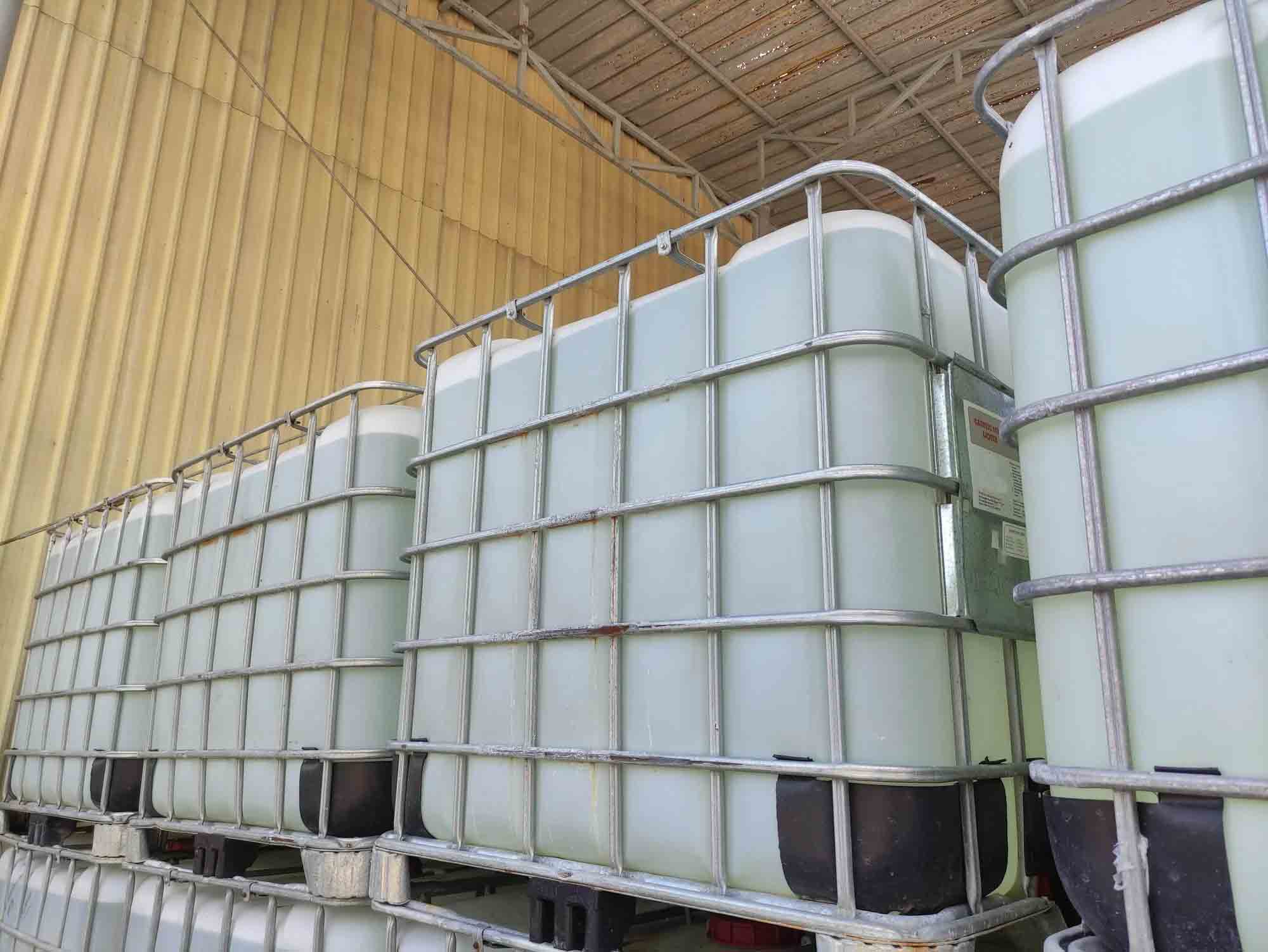Ammonium Propionate is the ammonium salt of propionic acid, widely used as a preservative and mold inhibitor, particularly in feed, agricultural products, and some industrial applications. It helps prevent the growth of mold and harmful bacteria, effectively extending the shelf life of products.
✅ Specification Sheet for Ammonium Propionate
| Parameter | Specification |
|---|---|
| Product Name | Ammonium Propionate |
| CAS Number | 17496-08-1 |
| Molecular Formula | C₃H₇NO₂ |
| Molecular Weight | 89.09 g/mol |
| Appearance | White to off-white powder or granules |
| Purity | ≥ 98% |
| pH (1% solution) | 6.0 – 8.0 |
| Moisture Content | ≤ 2.0% |
| Heavy Metals | ≤ 10 ppm |
| Solubility | Soluble in water |
| Odor | Slight propionic acid smell |
| Packaging | 25kg bags, 500kg jumbo bags, or customized |
| Storage | Cool, dry, well-ventilated area, away from moisture and heat |
| Shelf Life | 12 months under proper storage conditions |
✅ Applications of Ammonium Propionate:
Feed Industry:
Acts as an effective mold inhibitor and preservative in animal feed, silage, and grains to prevent spoilage and toxin formation.Agriculture:
Used to protect stored crops and hay from mold and bacterial degradation.Industrial:
May serve as an additive in certain industrial fermentation processes.
✅ Dosage Reference (for feed preservation):
| Application | Recommended Dosage |
|---|---|
| Animal feed preservation | 1 – 3 kg per ton of feed |
| Silage treatment | 2 – 5 kg per ton of silage |
| Grain storage | 1 – 2 kg per ton of grain |
⚠️ Dosage may vary depending on local regulations, storage conditions, and specific product requirements.
✅ Working Principle of Ammonium Propionate:
Ammonium Propionate functions primarily as a mold inhibitor and preservative through the action of propionic acid, which is gradually released from the ammonium propionate under appropriate conditions. When applied to feed, grains, or silage, ammonium propionate dissolves in moisture and lowers the pH of the environment, creating an unfavorable condition for the growth of mold, yeast, and harmful bacteria.
The released propionic acid penetrates the cell membranes of microorganisms, disrupting their metabolic functions and inhibiting enzyme activity, effectively stopping microbial growth and preventing spoilage. Unlike free propionic acid, ammonium propionate is more stable, less volatile, and easier to handle, offering prolonged protection during storage.
✦ Summary of the Working Mechanism:
Dissolves easily in water and moist environments.
Releases propionic acid slowly and steadily.
Reduces pH levels to inhibit mold and bacteria.
Interrupts microbial metabolism, ensuring product freshness.

